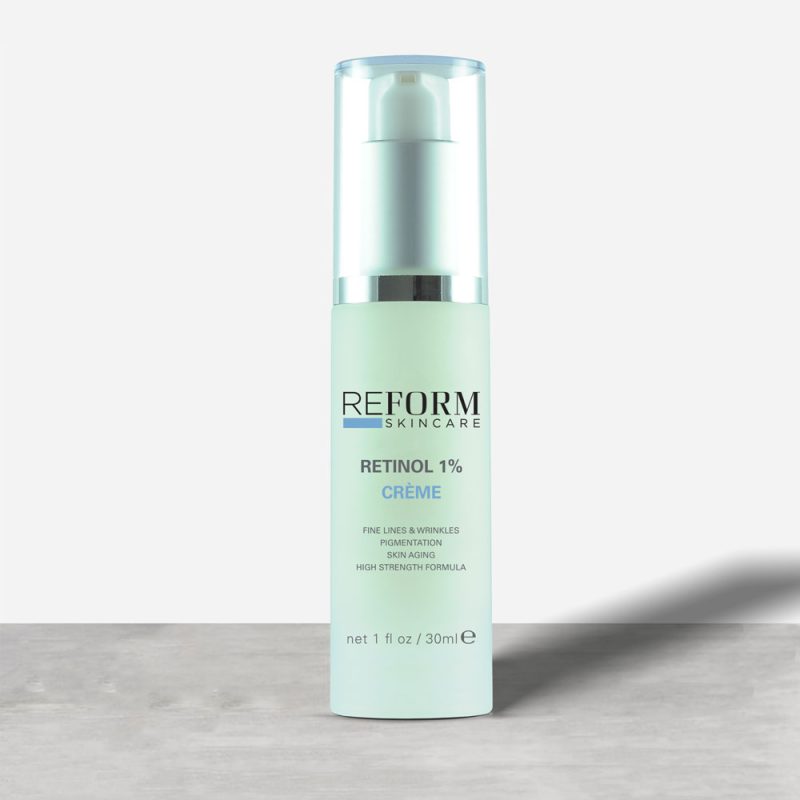Uncategorized
Dr. Naomi Mackle on Retinol
We asked Dr. Naomi of REFORM Skinare to write down some of her thoughts on Retinol. This is what she had to say. How to choose your perfect retinoid. Retinoids have stood the test of time. Considerable scientific research shows that it improves the histological signs of skin ageing and sun-damage. Clinically: results in smoother softer skin texture, tightens the skin, improves or eradicates pre-cancerous lesions on the skin (Actinic Keratosis) improves blotchy hyper- pigmentation, increases dermal volume and tightens the skin. So what’s the problem? The ability of retinoic acid to correct wrinkles was overplayed by the press and patients expected too much of an improvement, prompting a backlash. The results of a topical cream can never be compared to Botox, dermal fillers, chemical peels or lasers. Retinoids are very difficult to tolerate resulting in continued sensitivity, peeling, redness that, even after months of use, still recurs. Retinoic acid increases capillary blood flow to the skin which should cause a rosy healthy glow. However, the same effect may worsen existing broken veins on the face giving the patient a red face. So, is there a place for retinoic acid in the chemical treatment of sun-damaged skin? Absolutely! The challenge for many of us is finding a retinoid that works for our unique skin. Our goal should be to find a product that provides results with minimal side effects like sensitivity and irritation. Research has shown that there are specific retinoid receptors in the skin, leading to the belief that some of the effects of retinoic acid are specific to that agent alone. However now that we have access to other chemicals ( glycolic acid, mandelic acid and other superficial chemical peeling agents) retinoic acid does not have to be the mainstay of a treatment programme. What is retinol? Retinol is the most common form of Vitamin A and used in many popular formulas. Retinol 1% is a high strength formula that if mixed correctly with other ingredients is very unlikely to cause irritation to the skin. The conversion goes like this RETINOL-RETINALDEHYDE-RETINOIC ACID. Retinol 1% should be used at night, followed by a broad spectrum sunscreen SPF 30 the following day. We tell our patients to combine the retinol 1% with a glycolic acid cleanser (exfoliates the skin) and a glycolic/mandelic lotion for optimal results. This regime is simple, non-irritative, and non-expensive and will give guaranteed results to improve complexion. So what should I do? If your skin can tolerate prescription-strength retinoids go for it! You will need a prescription from your Doctor or Dermatologist. However in patients with sensitive skin or a ruddy/red complexion or just patients who won’t accepts peeling and dry skin, I would try the above recommended skin regime for optimal results.
